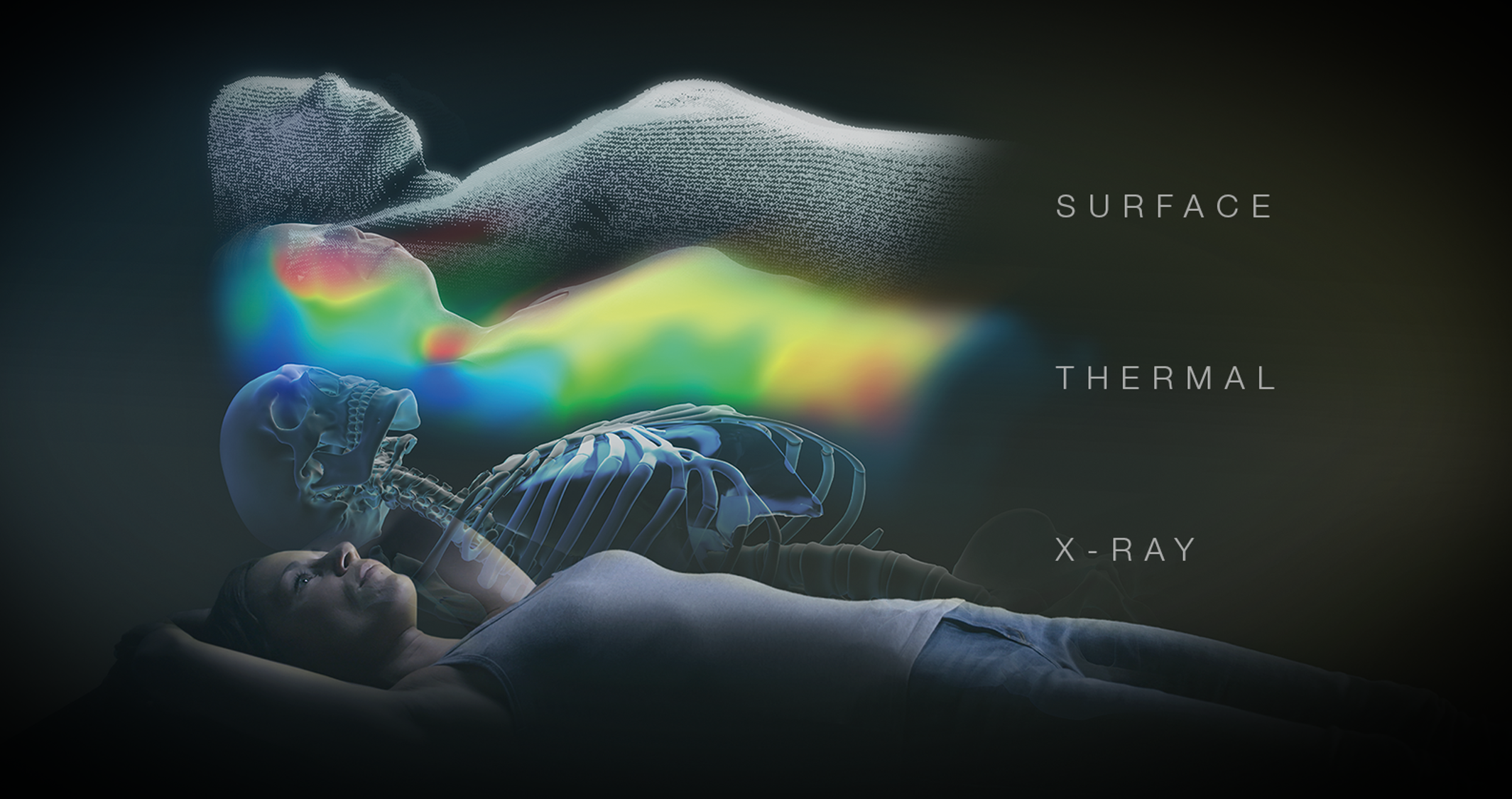April 7, 2021
Valley-Mount Sinai Comprehensive Cancer Care is now using new technology to improve the precision of radiation therapy by accounting for the continual motion of a patient’s anatomy so treatment is delivered with greater accuracy and effectiveness.
Valley is the only hospital on the east coast and, only fourth in the nation, using the latest generation of capabilities available in the newest iteration of ExacTrac Dynamic from Brainlab.
 A New Standard of Precision
A New Standard of Precision
Traditionally, radiation therapy for cancer treatment uses a combination of external markers (such as markers on the skin) and imaging scans to make sure radiation is delivered to the right place inside a patient’s body. This new technology will allow clinicians to be more accurate in delivering treatment by incorporating additional views from both outside and inside a patient’s body. Doctors will be able to see a patient’s shape, temperature, movement, and anatomy in real-time with the help of high-resolution surface and thermal imaging.
Why does this matter? A patient’s internal anatomy is constantly in motion. For example, a patient’s prostate rotates down as the bladder fills, and is pushed up if gas passes through the rectum. Internal motion can happen quickly, and this new technology gives clinicians the ability to see and account for this motion, avoiding the potential for missing the cancer and over treating normal tissues.
“With this technology, we are scanning 300,000 points on the surface of a patient’s body—over 10 times more than other systems—to analyze a patient’s shape, which will improve our treatment precision. When we combine that benefit with thermal imaging and the ability to see the inside anatomy, we achieve unparalleled accuracy for virtually every cancer type that we treat,” says Dr. Chad DeYoung, Co-Medical Director of Radiation Oncology at Valley.
“Giving clinicians an inside view of each patient’s unique anatomy during treatment will have the biggest impact on cancers near areas of the body where breathing or other involuntary movements can affect the position of the radiation beam’s target,” says Dr. Michael Wesson, Co-Medical Director of Radiation Oncology at Valley. “Such cancers include breast, lung, and prostate. It will improve the precision of treatment and minimizes how much radiation normal surrounding tissues receive.”
Dr. Thomas Kole, a radiation oncologist at Valley, provides additional perspective: “This evolution in technology can account for a patient’s breathing and only delivers treatment when their chest is in the correct position, which avoids damage to healthy tissue. As a patient breathes, the treatment will pause until the body returns to the original position.”
“Treatments using this technology may be more precise and customized to the patient, allowing us to complete treatments faster,” says Dr. Kole. “We’ll be able to offer shorter courses of high-dose radiation to those who may not have previously been eligible due to their anatomy.”
As an example, for patients who have had hip replacements, it can be difficult to reliably visualize internal motion that may affect radiation to the prostate because of the metal in their hip implants.
Likewise, for patients with darker skin tones, current external cameras do not always pick up movements well. For those patients, the new thermal imaging will add another layer of verification which will allow doctors to more accurately align a patient and track motion of the internal anatomy.
Patients treated with ExacTrac Dynamic may experience shorter, more targeted treatments which may decrease the risk of both short-term and long-term side effects. This means patients could feel better, faster and with less impact on their long-term health.
Patients diagnosed with cancer who are due to receive radiation, or would like more information, may call 201-634-5403.
Caption: Valley’s radiation oncologists are the first on the East Coast to implement new technology that allows clinicians to be more accurate in delivering treatment by incorporating additional views from both outside and inside a patient’s body. Doctors will be able to see a patient’s shape, temperature, movement, and anatomy in real-time with the help of high-resolution surface and thermal imaging.

